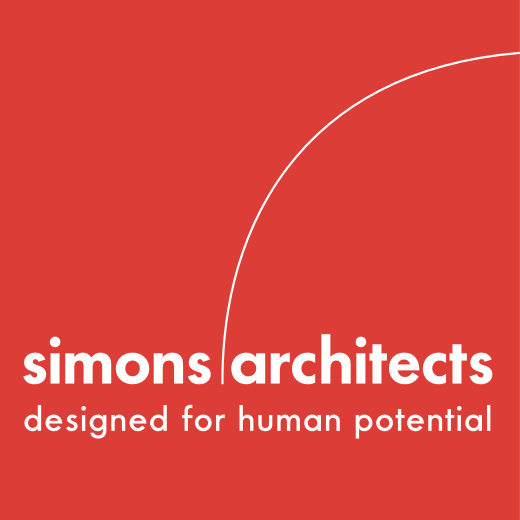Reflections on the Five Senses in Relation to the Five Elements
For many years I have been interested in the relationship between our most basic building materials of stone, wood, glass, and metal, and the five elements of acupuncture: water, wood, fire, earth, and metal. I have had many conversations with my sister Linda about these relationships. Linda is a very talented five-element acupuncturist and teacher in Bethesda, MD. Five-element acupuncture is the purest form of eastern medicine and derives from a 3,000 year history of tradition and development.
In the studio we have experimented with these relationships in several buildings, most notably the expansion and renovation of the library in Portland where we tried to bring clarity to the use and meaning of these materials and their relationship to the human experience of the space. We used stone on the floors and stairways of the building, under foot, as a way of grounding the space. We used wood for wall surfaces, planters, benches, desks, and as highlights at the circulation areas as a way of creating warmth, tactile experiences, and to indicate spaces where people would meet. Glass was seen as the fire element because of its process of coming into being. It was used to bring light into the space, which had previously been so dark and foreboding. Metal was used sparingly, but when used it was always in its natural state without paint finishes or coloration: metal was metal and could clearly be identified. We used it for acoustical wall panels, window frames, hardware, and handrails. It was seen as a strong, light, and durable material that could be used where these qualities were needed. And finally we brought water into the building in the form of a restored sculpture called “The Water Girl”. This sculpture had been in the fenced in courtyard at the front of the library for years, covered with plywood, her fountain element abandoned years ago. We had her restored and brought her into the main entrance hall where the sound of the water trickling from the dish in her hands is a pleasure to all who enter the building.
After the project was completed, I took Linda through it to show her how we had used the materials. Standing in the entry hall, she remarked how she could see and feel the presence of all five elements and how they contributed to a rich experience of the space. It’s true, in the entry hall you can not only get an intuitive sense of the special organization of the building (88,000 SF), you can also experience the qualities and essence of all five materials.
We were continuing to work with these materials and to experiment with their meaning and relationship to the five elements of eastern medicine, when I came upon Juhani Pallasmaa’s book “The Eyes of the Skin”. Pallasmaa talks about the five senses, the haptic senses, of touch, hearing, smell, taste, and sight. He feels that architecture of the 20th century has been far too concerned with what the buildings look like, and less with how they feel and are experienced by all five senses. The richness of experience that one has with a truly great building can only be appreciated by using all five senses. This little book immediately caught my attention and stimulated deeper thought on the relationships between materials and the five elements, and now the five senses. The timing couldn’t have been better. I was about to leave for a short sabbatical trip to Finland to look at some Aalto, Pietila, Saarinnen, and other buildings, and decided to use these visits as an experiment to see what new things I could learn about the relationships between these three aspects.



